Thai culture, Thailand or Laos
18th - 19th century ?
Bronze
H. 9.5; L 3.8 cm
This bronze statuette, made using the lost-wax technique, depicts Buddha seated cross-legged on a base marked with Thai symbols and characters in the sattvaparyanka position, with his right leg resting on his left. His hands are in the bumisparsha mudra position, with his right hand resting on his right knee, fingers pointing towards the ground, and his left hand, palm up, in his lap.
He is wearing the monastic garb known as samgathi, and his earlobes are particularly elongated - a reference to the heavy jewellery that Prince Siddhartha used to wear.
His face is topped with the characteristic Buddha protuberance called the usnisa, itself embellished with the symbol of the Blessed One's spiritual strength: the rasmi flame.
This position refers to a particular episode in the life of the Enlightened Buddha. When he was close to attaining Enlightenment under the Bodhi tree, Mâra, the god of desires, distracted and tempted the Blessed One and claimed the throne of Enlightenment for himself. In the face of Mâra's repeated assaults, the Buddha remains impassive and, through the symbolic gesture of the bumisparsha mudra, takes the Earth as witness to his determination to attain complete Enlightenment.
Text and photos © FCP CORIDON
Ref : 4763














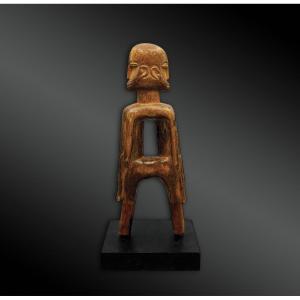

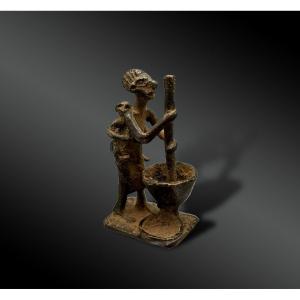



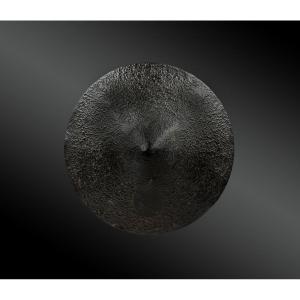
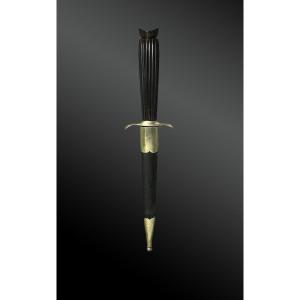
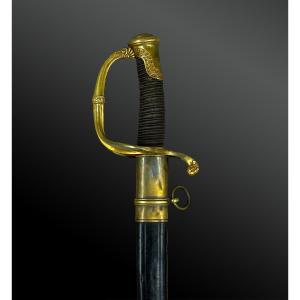
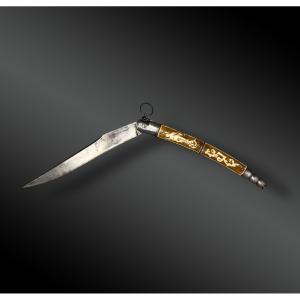
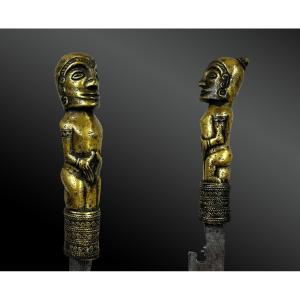







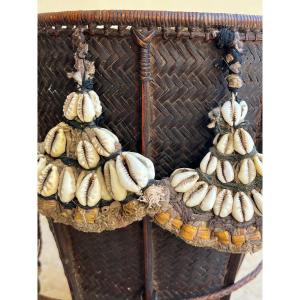



 Le Magazine de PROANTIC
Le Magazine de PROANTIC TRÉSORS Magazine
TRÉSORS Magazine Rivista Artiquariato
Rivista Artiquariato